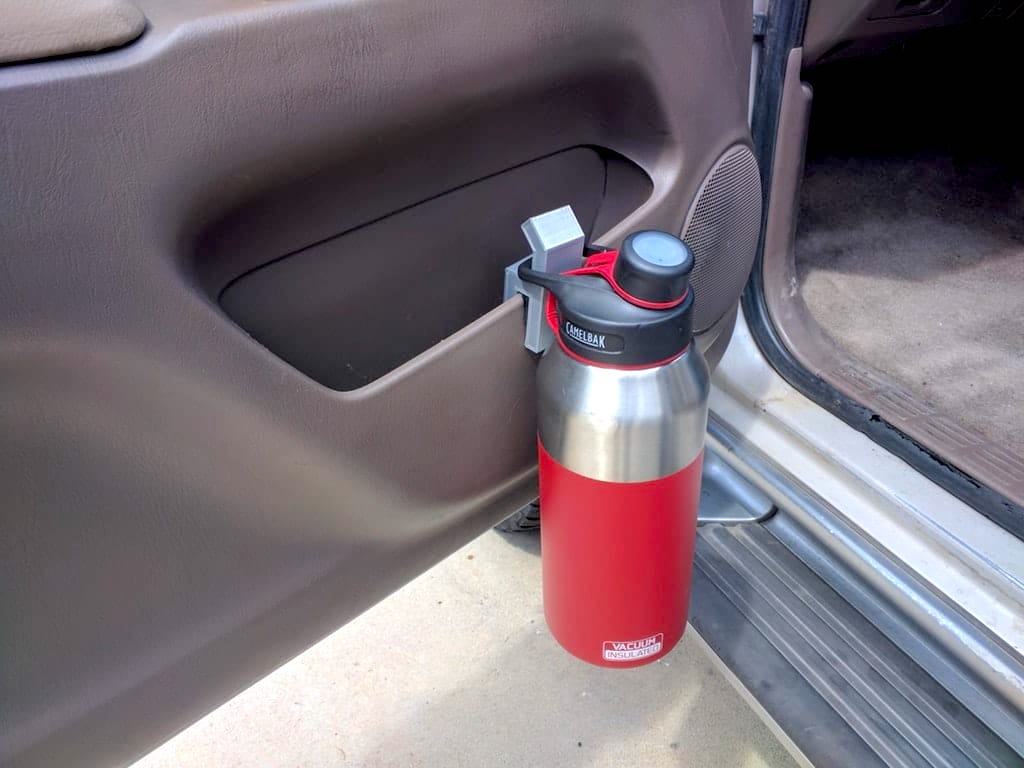
The emergence of easy making technologies has transformed many people into “makers”, but are there hidden dangers?
With the now hundreds of thousands of desktop 3D printers loose in the world, makers are producing more custom designed artifacts than ever before. Some are quite sophisticated, while others are simple, but effective. Most are intended to solve peculiar problems encounter by the maker.
We’ve seen these functional designs often; Thingiverse and other 3D model repositories are littered with them, permitting individuals worldwide to download, print and use them in a similar manner.
Certainly many of these designs have indeed provided benefit to their makers, some large and some minor. But there is also a dark side: they can potentially be dangerous.
Why so? It’s because many of them have not been designed by professionals who would normally taken into account all the likely scenarios that could befall the object in its useful lifetime.
Consider the seemingly useful design above by Redditor jdfrye2, who created a rather useful approach for overcoming a too-small cupholder in a vehicle. The clip-like device holds a larger water bottle on the interior side of the vehicle’s door pocket.
Makes a lot of sense, you might think. But then Redditor Nexustar wisely commented:
Obigatory warning not to build (in this case design) things that when they fail, kill you by gettung stuck behind the brake pedal etc.
Second obligatory warning not to print PLA for car use due to its low glass transition point and high cabin temps during the summer.
Right. This design, although seemingly useful, could also be incredibly dangerous. Did jdfrye2 take this into account when it was designed? Perhaps, perhaps not. In any case, the item appears to be installed, meaning jdfrye2 has accepted the risks of doing so.
But what about others who might download that design and make use of it, if jdfrye2 were to put the design online for public download? Do they know the risks of using the design? How can they accept the risk if they don’t know what they are?
There is no obligation for makers to indicate the risks of their designs, other than on a voluntary basis, and then only if the designer actually knows the risks.
You might say this isn’t a big deal, and it probably isn’t.
Until something bad happens, of course. In the above example, if someone indeed has a vehicle accident caused by a loose water bottle rolling around, what happens then?
Is there a lawsuit possible? Did the download terms make it clear that the model is provided “as is” and the user takes on all risks? What if someone doesn’t download it but merely copies the publicly presented design – and it fails? Did the design fail, or did the implementation (printing quality)? Is the download repository operator to blame for presenting it to the public?
So many questions.
I expect we must await an incident, after which there will be much discussion. It may be that 3D model repositories implement much more prominent licensing terms and statements of risk on their content.
But until then, enjoy all the 3D models you can find.
Via Reddit

